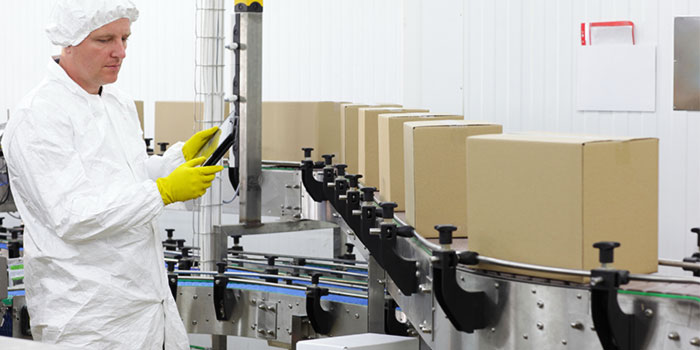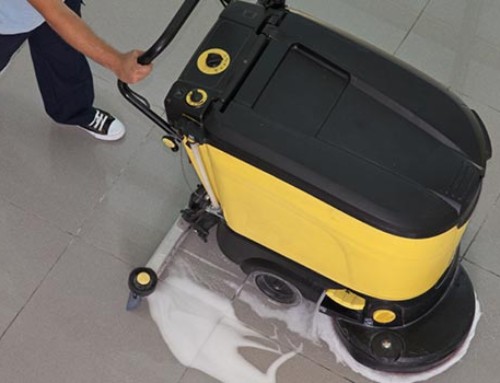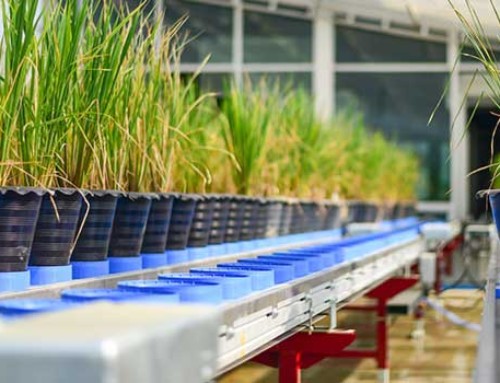9 Ways To Keep Your Conveyor System Safe & Efficient
A conveyor system is like any piece of equipment – if it’s looked after and used properly, it will serve you best. Much like a car needs regular maintenance, or suddenly, it will let you down – the same goes for a conveyor. And when production stops, that can mean thousands of pounds lost in productivity.
So here are Wolverhampton Handling’s top tips to ensure everything runs smoothly on the factory floor.
- Check that all operators are correctly trained
Training means everything from how to use the equipment, through to safety specifications and even how to recognise when there’s a fault developing. If something is identified in time, it can save a catastrophe later on, so the operative training should include what to look out for, and how to report it. - Ensure all safety information is clear
This means everything is clearly explained and understood AND that all instructional/safety stickers are clearly visible. - Always stop the conveyor before remedial work
If there’s a blockage, or something is damaged on the line, the conveyor must be stopped. Risking a trapped hand and possible loss of limb is never worth it! - Conduct regular maintenance
A conveyor will be fitted and tested before any work begins. And in order to keep it working to the maximum efficiency, it will need maintenance. Whether that’s (Ben – can you give an example)….
always ensure the equipment is isolated first, and maintenance work is carried out by a qualified engineer or according to your documentation. - Keep safety stop buttons visible
Every operator should know where the emergency/safety stop controls are located. And again, these must be regularly tested. - Guard Against Entanglement.
Health & Safety is a very much over-used phrase, but on the factory floor, it should be at the forefront of everything. Every year the courts are full of cases where employees are injured or killed due to lack of proper facilities or procedures.If there is a risk of entanglement, then there should be protective guards in place. Anything that is ‘loose’ is liable to get trapped – which is why overalls are often used, and hair nets employed. And of course, fingers too..
- Report Potential Hazards.
Damaged or worn components should be reported immediately, before they lead to breakdowns or accidents. - Ensure operator awareness if the system may start without warning
- Check sensors
The sensors are vital to ensure smooth running. Any debris may interrupt their efficiency, so keep them free of this, and aligned correctly.
















